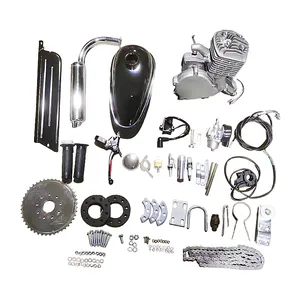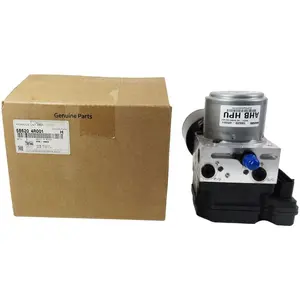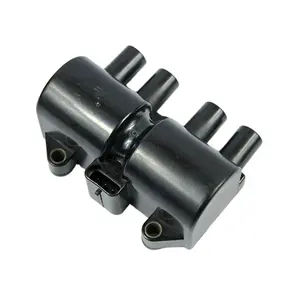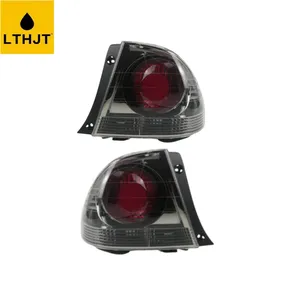Popular in your industry






























































































































































 Ready to Ship
Ready to Ship

































Top categories
About ratio parts
Part-to-whole ratios are used to compare the relationship between one or more parts to the whole quantity. For instance, if there are five red cars and a total of 20 cars, the part-to-whole ratio is 5:20. It is crucial to understand that the ratio gives the comparison in its simplest form. The ratio of 5:20 can be simplified further to 1:4 by dividing both numbers by five. When comparing two ratios, the comparison is done using a common factor. For instance, when comparing 1:4 to 3:12, both ratios can be simplified to 1:4. This implies that the two ratios are equal, and generally, two ratios are equivalent if they reduce to the same value.
Difference between part-to-part and part-to-whole ratios
It is essential to understand the distinction between part-to-part ratios and part-to-whole ratios. Part-part ratios are used to compare the relationship between two or more parts of a whole. For example, if a bag contains two red marbles and five blue marbles, the part-part ratio of red marbles to blue marbles can be expressed as 2:5. On the other hand, part-to-whole ratios are used to compare the relationship between one or more parts to the whole quantity. For instance, if a total of 20 marbles are in a bag, the part-to-whole ratio of red marbles to all marbles can be expressed as 2:20.
Applications of part-to-whole ratios
Part-to-whole ratios have several practical applications in various fields. In business and finance, these ratios are used to analyze financial statements, such as balance sheets, where each item is expressed as a ratio to the total assets. This provides valuable insights into the financial health and performance of a company. For example, in a balance sheet, the part-to-whole ratio of current assets to total assets can indicate the liquidity of a company. In manufacturing and production, part-to-whole ratios are used to optimize processes and resources. By analyzing the ratio of defective parts to total output, manufacturers can identify areas for improvement and enhance product quality. In retail and marketing, part-to-whole ratios help businesses understand customer preferences and market trends. By comparing the sales of a specific product to the total revenue, retailers can make informed decisions about inventory management and marketing strategies. In education, part-to-whole ratios are used to assess student performance and track progress. By comparing the number of correct answers to the total questions in an exam, teachers can evaluate the proficiency of students in different subjects. These applications demonstrate the versatility and significance of part-to-whole ratios in diverse fields.











































